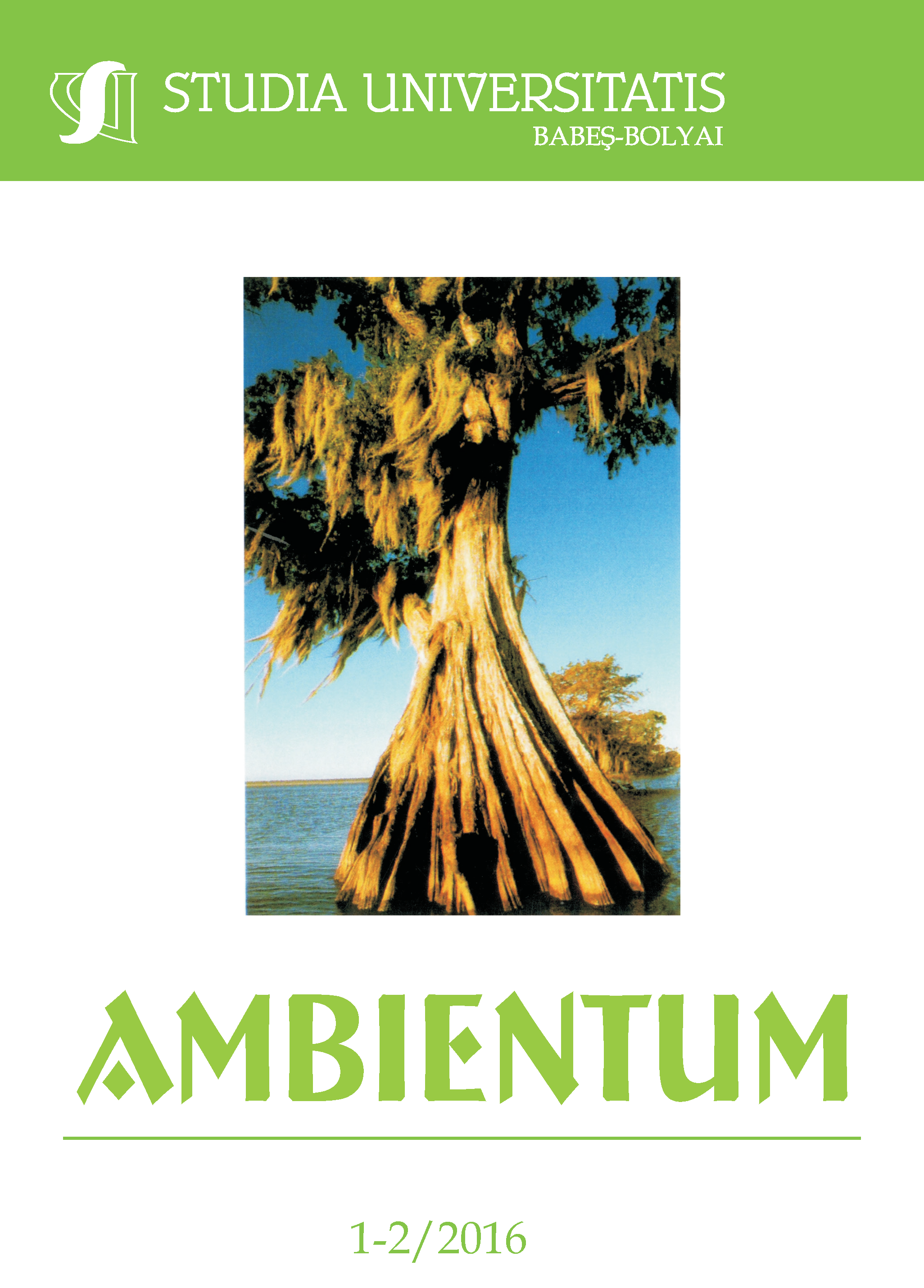PIPELINE MONITORING WITH DRONES
Keywords:
Drone, Pipeline, Photogrammetry, Thermometric, SpectrometricAbstract
Possible pipeline leakages along routes that are not always manned or populated often cause (if hazardous substances are released) significant environmental damage, with substantial economic impacts for subsequent cleanup and recovery. In the case of releases of flammable substances, there is also the risk of fire and explosion, which can involve people, production facilities, residential or commercial areas, infrastructures and other possible vulnerable targets in the area. Timely identification of possible leaks can make it possible to take immediate action and limit the amounts released, and thus reduce the possible consequences. With the systems routinely used for the detection of any containment leaks from pipelines it can be particularly difficult to detect losses that are below the tolerance limits of the installed measurement systems, but are nonetheless able to cause extensive environmental damage of great economic significance. These issues give rise to the idea of using the SAPR (Remote Piloting Aircraft System) for monitoring pipelines, both underground and above ground, used for the conveying of liquid hydrocarbon products. The use of spectral analyses, combined with RGB input, allows the detecting of possible irregularities due to leakages occurring along the pipelines. The acquisition of multispectral digital images makes it possible to identify possible pools of petroleum hydrocarbons and, in certain cases, also the possible infiltration into the soil. The acquisition of digital images in the visible spectrum allows the determination, through the comparison of successive scans, of any unexpected changes in the morphology of the soil to be subjected to further investigation. This article illustrates a technologically-advanced, economical and reliable solution, based on the use of drones, for the detection of smaller-sized leaks due to internal/external causes or to illegal removals by third parties, with limited costs, reduced times and excellent performance, also in comparison to other similar monitoring techniques.
References
Ciaramella G., 2008, La tecnica fotogrammetrica d’archivio per l’analisi delle variazioni multi temporali superficiali di corpi franosi, University of Bologna.
Gómez C., Green D.R., 2015, Small-Scale Airborne Platforms for Oil and Gas Pipeline Monitoring and Mapping, AICSM – UCEMM – University of Aberdeen.
Masini F., 2013, Relizzazione di una applicazione per l’analisi di immagini iperspettrali, University of Bologna.
C.I.A. (Central Intelligence Agency), 2013, www.cia.gov/library/publications/the-worldfactbook/fields/2117.html.
CONCAWE, 2015, Performance of European cross-country oil pipelines (CONservation of Clean Air and Water in Europe), statistical summary of reported spillages in 2013 and since 1971.
HSE, 1996, Pipeline Leak Detection Study – Offshore Technology Report, Heath & Safety Executive.
P & G Journal, 2014, www.pipelineandgasjournal.com.
Pix4D mapper, 2015, www.pix4d.com.
Downloads
Published
How to Cite
Issue
Section
License
Copyright (c) 2016 Studia Universitatis Babeș-Bolyai Ambientum

This work is licensed under a Creative Commons Attribution-NonCommercial-NoDerivatives 4.0 International License.





 ISSN (online): 2065-9490 | ISSN (print): 1843-3855 | ISSN-L: 2065-9490
ISSN (online): 2065-9490 | ISSN (print): 1843-3855 | ISSN-L: 2065-9490